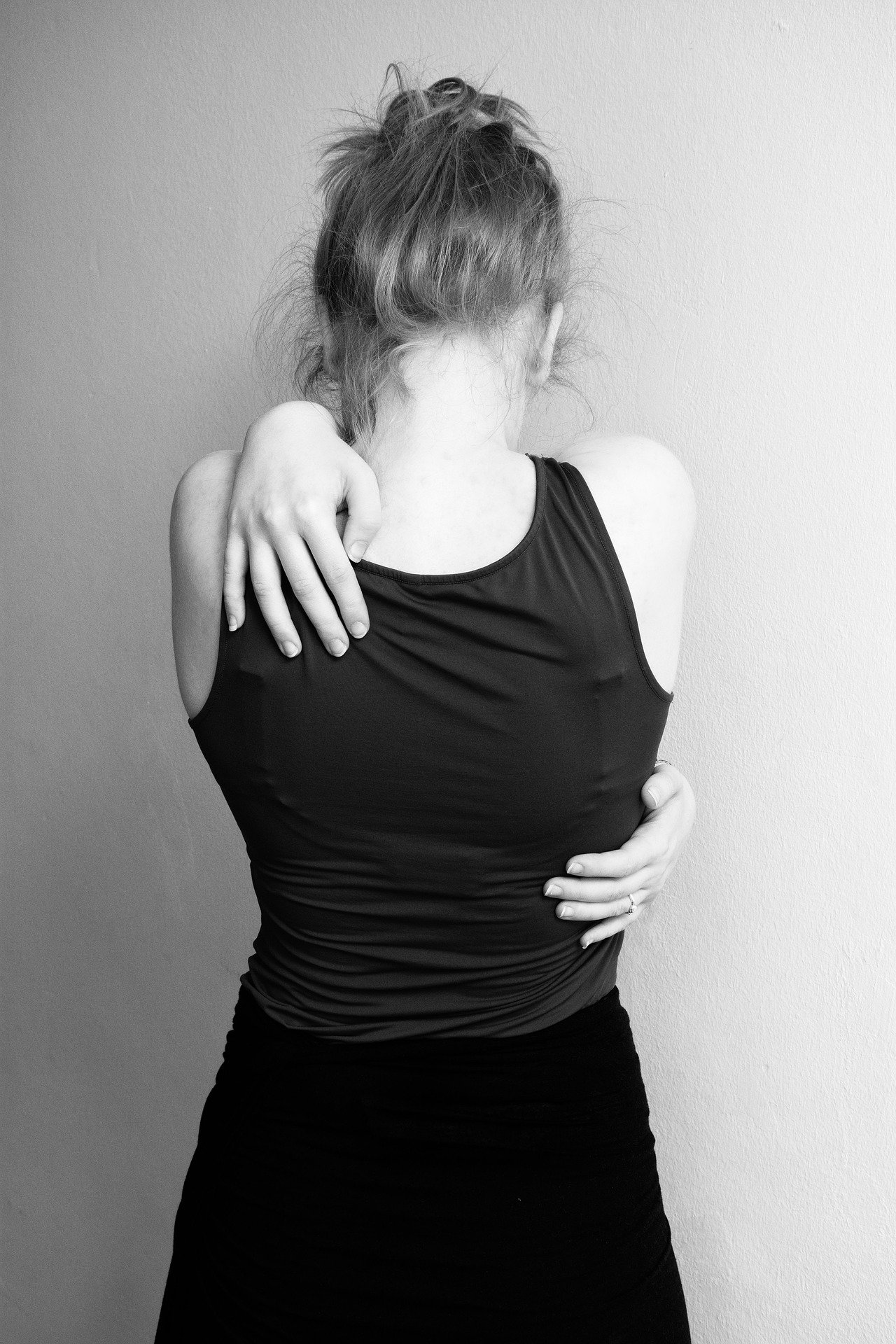Table Of Content
Ongoing research shows some medications for other mental health conditions might help TTM, but more research is necessary before any specific medication becomes a part of the standard care. People with TTM compulsively pull out their hair, usually one strand at a time. The most common places people pull hair from are their scalp, eyelashes and eyebrows, and pubic hair. How much hair is pulled out and where it is pulled from varies from person to person. Some people with hair-pulling disorder have areas of complete baldness.
How to take care of myself/manage symptoms?

Here, we’ll discuss the signs and symptoms of trichotillomania and ways to treat this condition. In general, trichotillomania often co-occurs with other psychological problems, such as anxiety, OCD, or eating, mood, and personality disorders. TTM isn’t usually a danger to your physical health (except in rare cases, especially when a person develops a digestive tract blockage from hair they’ve swallowed).
Prescription Medications
In CBT, people practice mindfulness and challenge limiting beliefs. They also learn to identify the factors that lead to hair-pulling as well as the repercussions of the behavior. The doctor will also rule out any other causes of hair loss and may send you to a dermatologist (skin doctor). Talk with your health care provider about any medicine recommended. The possible benefits of medicines should be balanced against possible side effects. “Dermatologists can help women win the fight against common forms of hair loss.” News release issued March 4, 2010.
Brain structure and function
If you want to diminish a noticeable scar, know these 10 things before having laser treatment. If you have what feels like razor bumps or acne on the back of your neck or scalp, you may have acne keloidalis nuchae. Your GP may examine areas where the hair is missing to check that nothing else is causing the hair to come out, such as a skin infection. MentalHealth.com is a health technology company guiding people towards self-understanding and connection. The platform offers reliable resources, accessible services, and nurturing communities. Its mission involves educating, supporting, and empowering people in their pursuit of well-being.

Response to stress
However, it can be very disruptive and damaging to your mental health and quality of life. Healthcare providers may use combinations of medications, therapy techniques or both. Some people with TTM pull their hair deliberately, such as when they feel a hair is out of place or looks different from others around it.
Trichotillomania vs Obsessive-Compulsive Disorder – What is the difference?
Amy Schumer Revealed She Has Trichotillomania. Here's Why That Matters. - BuzzFeed News
Amy Schumer Revealed She Has Trichotillomania. Here's Why That Matters..
Posted: Tue, 19 Apr 2022 07:00:00 GMT [source]
For people who feel a strong urge to pull, actually pulling can bring a sense of relief because they are no longer focused on the urge. Most commonly, people with trichotillomania pull out hair from their scalp. They may also pull out their eyelashes, eyebrows, facial hair (like beards or mustaches), or armpit, leg, or pubic hair.
Also, studies have suggested that trichotillomania may be caused by chemical imbalances in the brain, related to levels of the neurotransmitters, serotonin and dopamine. However, these studies are based on the results of utilizing medications that impact these neurotransmitters and have not found conclusive results, prompting the need for further research in this area [3]. For some, the symptoms of trichotillomania are mild and rather manageable. For others, they may feel as though the symptoms are overwhelming and impossible to overcome.
We understand mental health challenges firsthand and support your pursuit of well-being with compassion. Whether it’s connecting you with the right therapist or supporting you through difficult times, we embrace you as part of our community. Research has found that there is a significantly increased risk of developing trichotillomania in those with a relative who has the condition [8].
Symptoms
In some cases, people engage in “rituals” after pulling, such as rolling the hair between their fingers, touching it to their lips or face, or inspecting the end to look at the root. Other people with trichotillomania eat their pulled hairs, a condition known as trichophagia. While the exact prevalence of trichophagia is not well understood, some studies estimate it occurs in 20 to 30 percent of those with trichotillomania. Trichophagia can be dangerous or even deadly, as it can result in the development of hairballs that obstruct the intestines.
Sometimes, your doctor might take a very small piece of skin to look for certain kinds of damage that can happen from pulling. They might also look at your hair under a microscope to see if it looks like it's been pulled out and grown back or look at how much hair you are missing. They may take pictures of your bald patches to help track if treatment works over time. The main symptom of trichotillomania is pulling out your hair, often to the point that you have hair loss or bald patches. People with trichotillomania often try to stop pulling but can't.
About 5%–20% of people with trichotillomania also have trichophagia. Trichotillomania affects many people all over the world and is considered a treatable mental health condition. However, the older a person gets — especially from adolescence onward — the greater the odds that treating the condition becomes difficult. But its impacts on a person’s life, especially their mental health, are often severe. Because of this, early diagnosis and treatment are very important.
Some pull out hair from widely scattered areas to disguise the loss. People may avoid situations in which others may see the hair loss. They typically do not pull hair out in front of others, except for family members. People may also be distressed by their loss of control, and they repeatedly try to stop or reduce pulling their hair out but they cannot. Treating individuals with psychological conditions is not a “one size fits all” situation.
Many people experience a feeling of tension, resulting in an uncontrollable urge to remove hair that can only be appeased by the pulling of hair [2]. Others may pull out their hair with little or no awareness of the behavior, as an automatic or subconscious action [3]. Episodes of hair pulling can last between seconds and hours and may result in significant hair loss [1]. If a person thinks they have trichotillomania, they should see their doctor for a diagnosis. The doctor may refer the person for specialist treatment, such as behavioral therapy. If you have trichotillomania, you should follow treatment guidelines from your healthcare providers to reduce the frequency and severity of your episodes.
People with TTM with hair loss or scarring may need to see other healthcare providers and specialists. In some cases, a dermatologist can help treat related skin problems or damage. Plastic and reconstructive surgeons may also help with skin grafting for affected areas of your body. Other healthcare providers can also offer solutions related to hair regrowth; though, regrowth isn’t always an option. There is varying research available about the effectiveness of treating trichotillomania with medications.


No comments:
Post a Comment